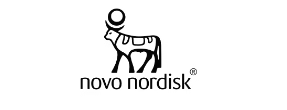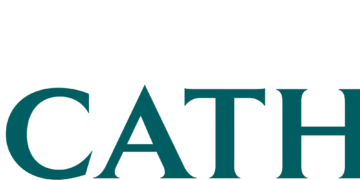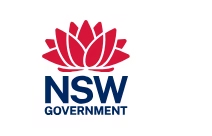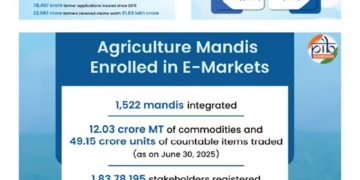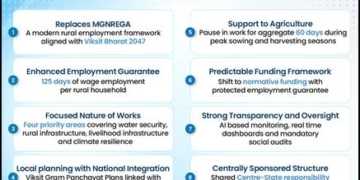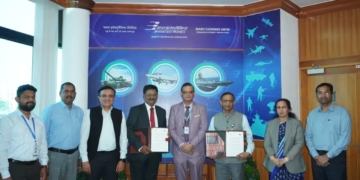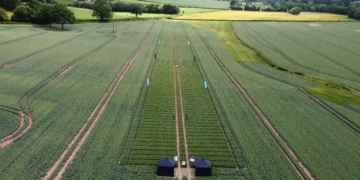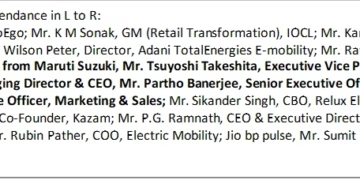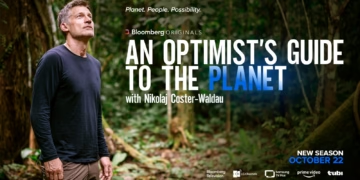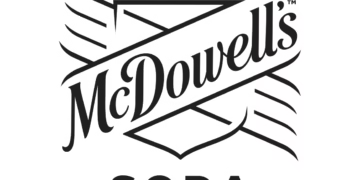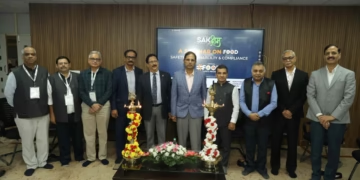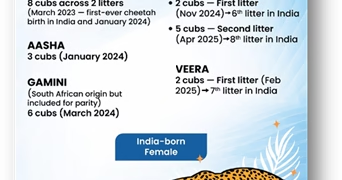ArcelorMittal has been ranked first in the world in five categories relating to steel companies’ readiness for a low carbon transition.
In a report released today, ArcelorMittal ranks first in the Carbon Disclosure Project (CDP) report ‘Melting Point’, in the categories of low carbon innovations, transition opportunities, data transparency, renewable energy use and board and executive climate management.
The world’s leading steel and mining company ranked second place overall in the latest report from the Carbon Disclosure Project (CDP), which ranked 20 of the largest and highest-impact publicly listed steel companies worldwide. ArcelorMittal ranked fifth in CDP’s 2016 report.
The new report is based on detailed analysis across a range of carbon and transitional indicators which could have a significant impact on company performance. The league table is designed to serve as a proxy for business readiness in an industry which will face increasing challenges as governments increase efforts to implement the Paris Agreement.
Key highlights include:
- Transition opportunities – ArcelorMittal is ranked first for investing in a suite of radical and transformative technologies including Carbon2value, SIDERWIN, IGAR and Torero with significant decarbonisation potential.
- Data transparency – ArcelorMittal is ranked first for having the most comprehensive emissions and energy disclosures of its peer group, reporting emissions according to Worldsteel’s guidelines
- Low carbon innovations – ArcelorMittal is ranked first for pioneering a number of breakthrough technologies such as the SIDERWIN project to produce iron ore via electrolysis. The report also highlights our $65 million investment on an industrial scale DRI hydrogen-based plant in Hamburg.
- Renewable energy use – ArcelorMittal is ranked first with a number of renewable assets including 75MWe solar capacity, for multiple PPAs to acquire solar and wind power and for actively exploring the potential for further PPAs to supply its steel plants.
- Board and executive climate management – ArcelorMittal ranked first and recognised for having a sustainability committee at a board level overseeing the company’s sustainability issues and low-carbon transition strategies.
- Climate governance and strategy – ArcelorMittal is ranked second and is recognised for our ambition to be carbon neutral in its Europe operations by 2050 and for officially supporting the TCFD and other climate initiatives in the industry.
Alan Knight, Corporate Responsibility General Manager, at ArcelorMittal, says: “While steel has a lower carbon intensity that many other materials, the large volumes produced globally mean that the industry emits more than three gigatons of CO2 annually. With the demand for steel ever increasing, we know we have a role to play and a clear responsibility to significantly reduce the carbon footprint of steel.”
Knight says: “We’re very pleased that the CDP League Tables have recognised our efforts, with our ranking going up from fifth to second place. We are trialling new technologies in our steel plants, making significant investments in R&D and working with our customers to provide the most sustainable products.”
Knight continues “We know that there is more work to be done to achieve our ambition of being carbon neutral in Europe by 2050, and to significantly reduce our carbon emissions worldwide. Working with stakeholders to create supportive policies to ensure a global level playing field, access to renewable energy at affordable process and access to finance will be critical in achieving greater impact.”
ArcelorMittal recently published its first Climate Action report in which it announced its ambition to significantly reduce CO2emissions globally and be carbon neutral in Europe by 2050. To achieve this goal the company is building a strategic roadmap linked to the evolution of public policy and developments in low-emissions steelmaking technologies. A target to 2030 will be launched in 2020, replacing the company’s current target of an 8% carbon footprint reduction by 2020, against a 2007 baseline


